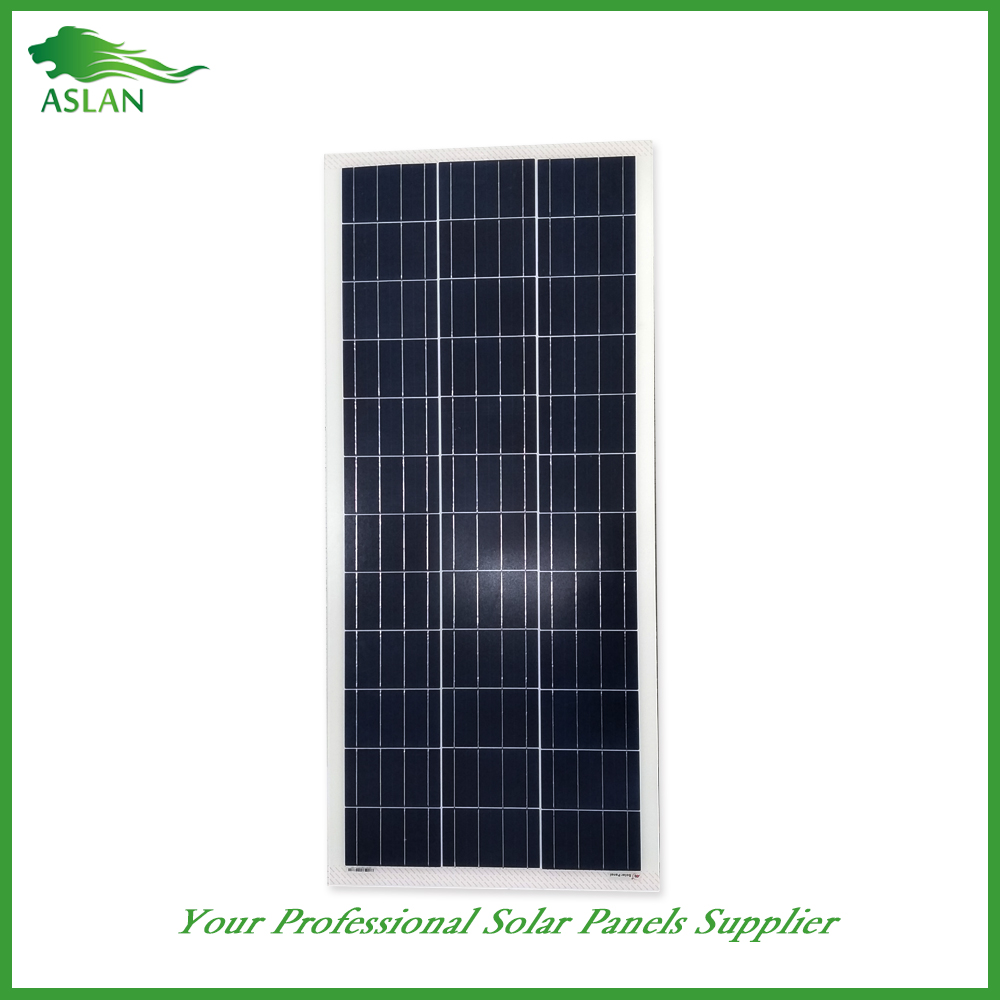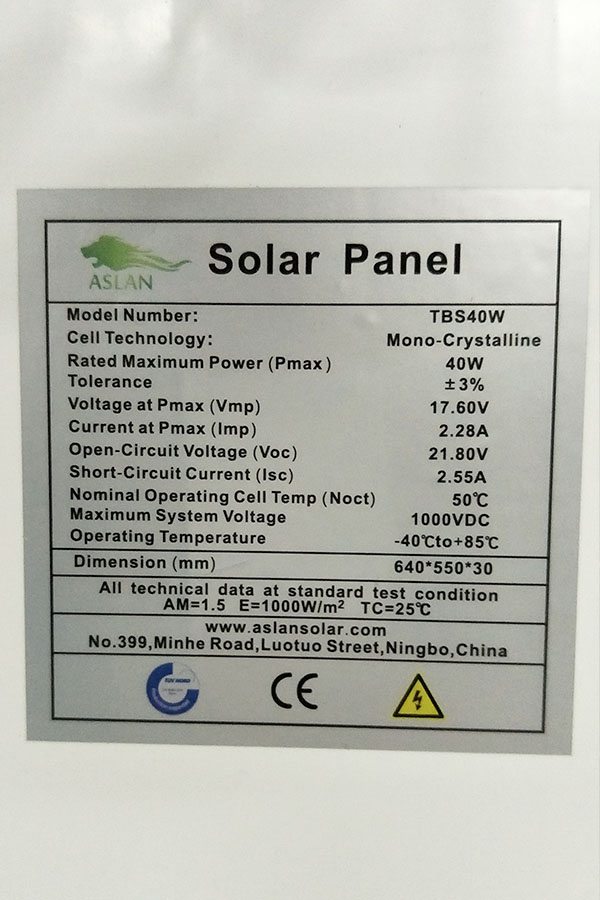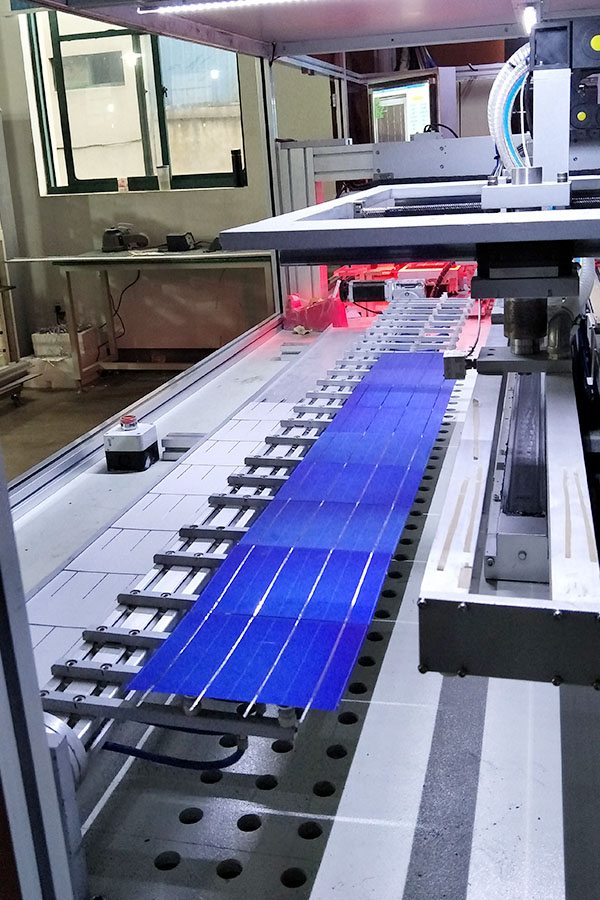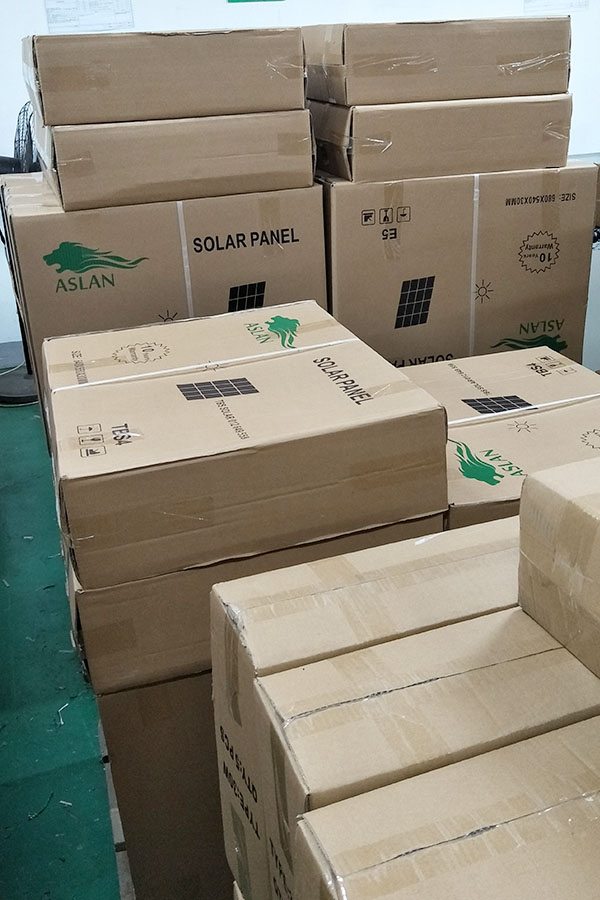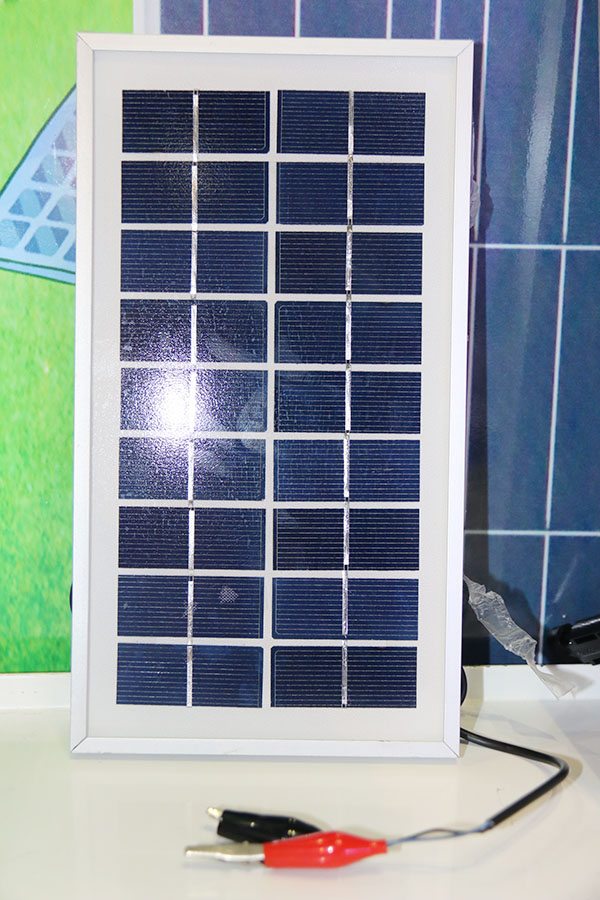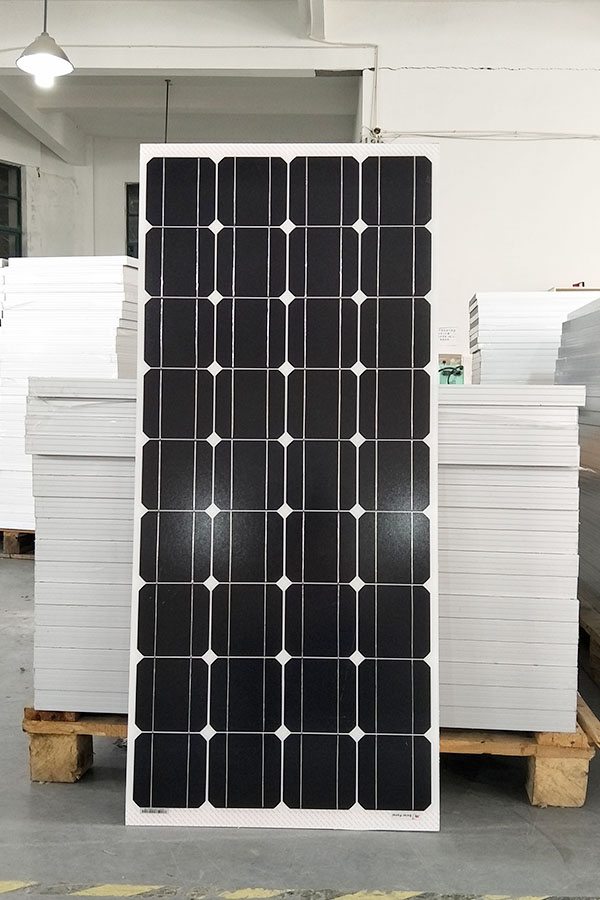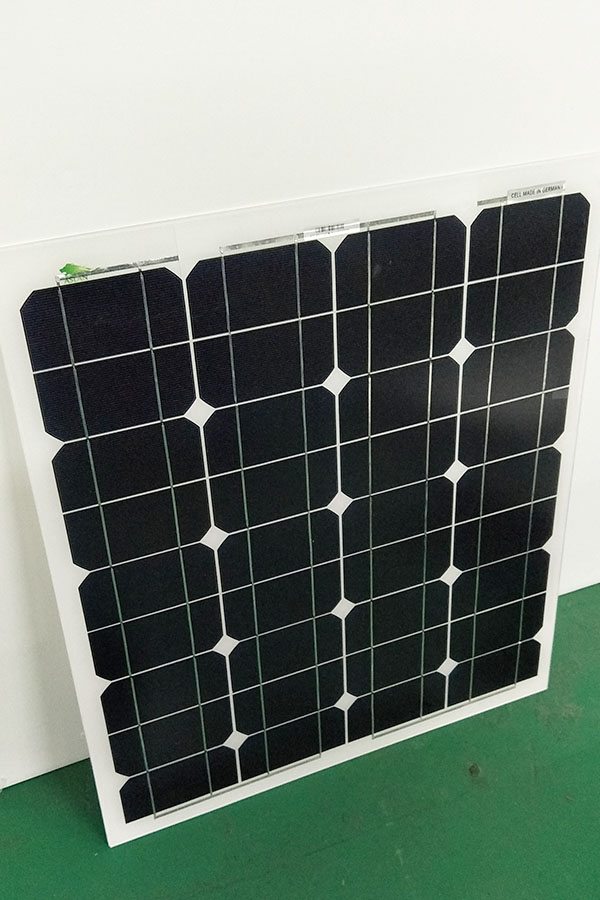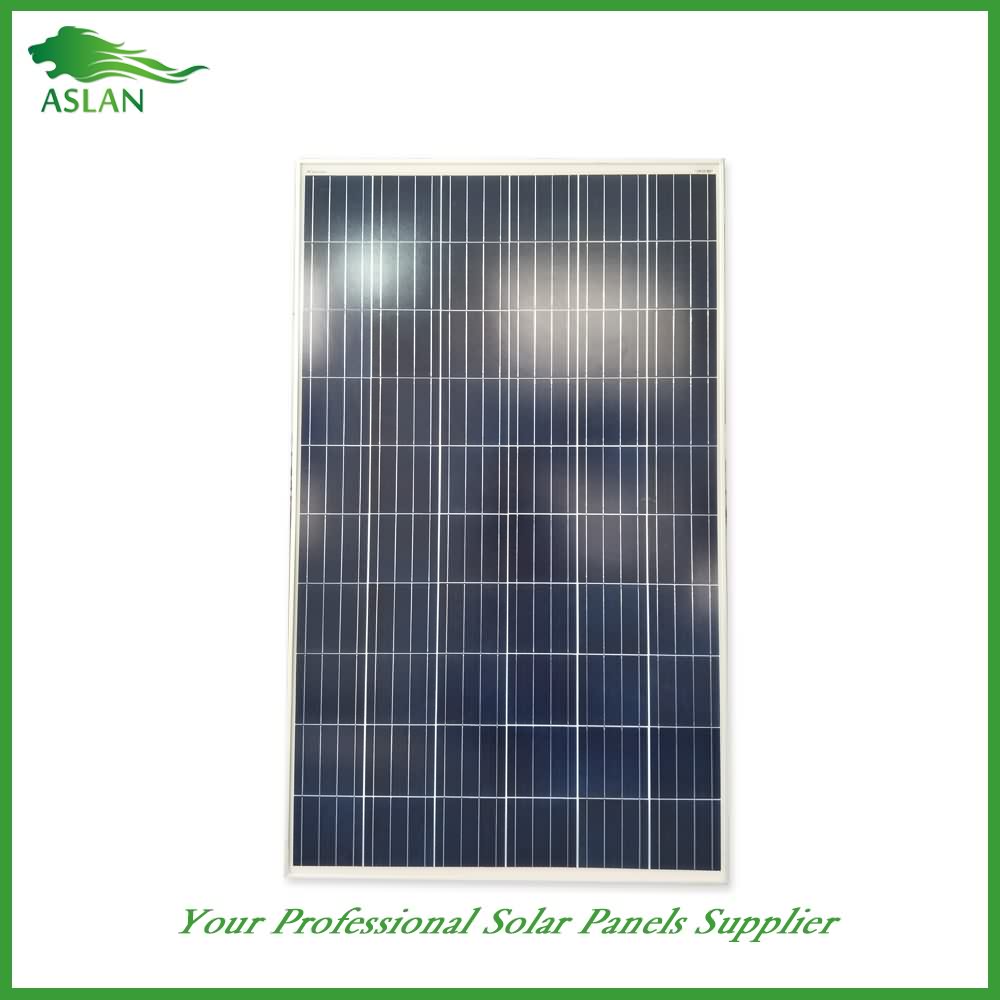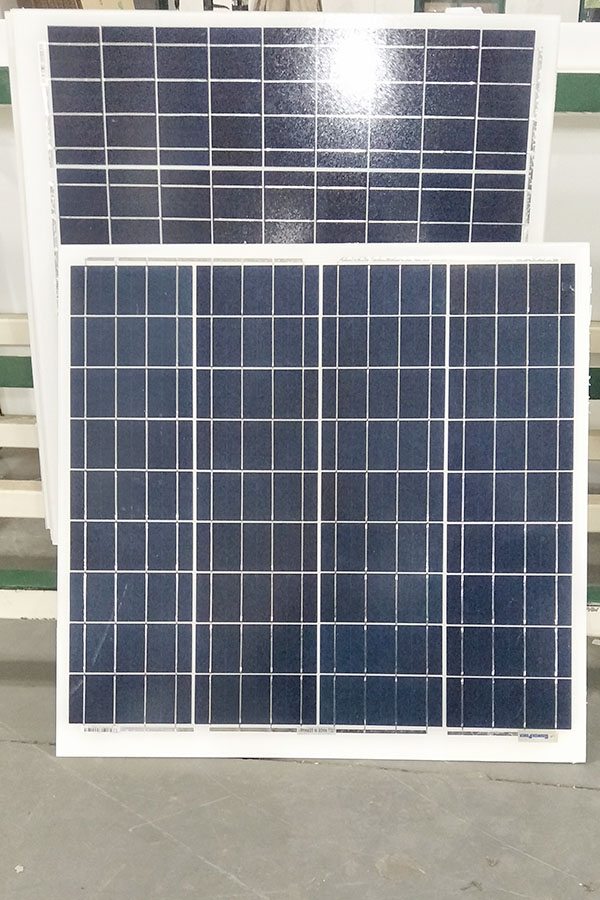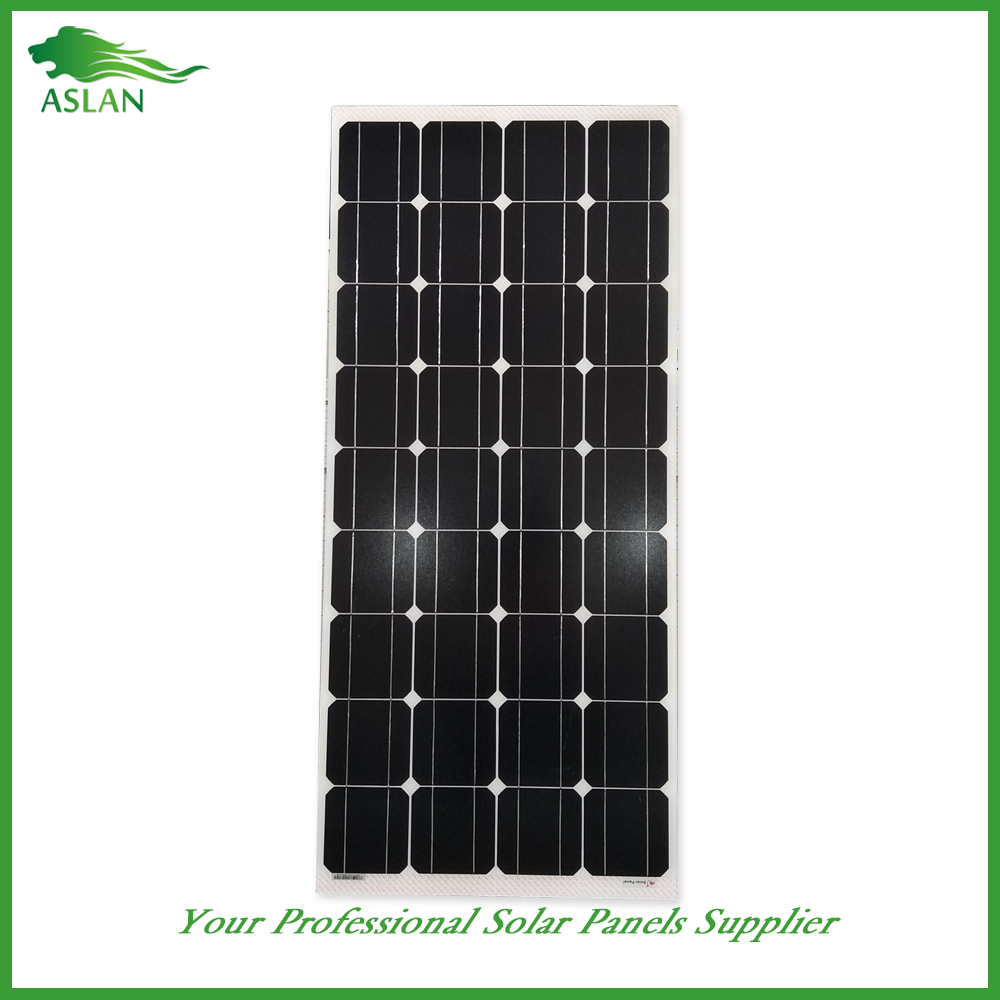Wholesale Distributors for Poly-crystalline Solar Panel 90W Supply to Florida
Short Description:
Our company aims to operating faithfully, serving to all of our customers , and working in new technology and new machine constantly for Wholesale Distributors for Poly-crystalline Solar Panel 90W Supply to Florida, Our tenet is clear all the time: to deliver high quality product at competitive price to customers around the world. We welcome potential buyers to contact us for OEM and ODM orders
Poly-crystalline Solar Panel 90W
Technical parameter
Maximum Power(W) 90W
Optimum Power Voltage(Vmp) 18.33V
Optimum Operating Current(Imp) 4.91A
Open Circuit Voltage(Voc) 21.96V
Short Circuit Current(Isc) 4.89A
Mechanical Characteristics
Cell Type Poly-crystalline 156x104mm (6 inch)
No of Cell 36 (4x9pcs)
Dimensions 1008x678x35mm
Weight 8.0KGS
Front Glass 3.2mm,High Transmission, Low Iron,Tempered Glass
Junction box IP65 Rated
Output Cable TUV 1×4.0mm2/UL12AWG,Length:900mm
Temperature and Coefficients
Operating Temperature(°C): -40°C ~ + 85°C
Maximum System Voltage: 600V(UL)/1000V(IEC) DC
Maximum Rated Current Series: 15A
Temperature Coefficients of Pmax: -0.435%
Temperature Coefficients of Voc: -0.35%
Temperature Coefficients of Isc: 0.043%
Nominal Operationg Cell Temperature (NOCT): 47+/-2°C
Materials of solar panel
1).Solar Cell——Poly-crystalline solar cell 156*104mm
2).Front Glass——-3.2mm, high transmission, low iron, tempered glass
3).EVA——-excellent anti-aging EVA
4).TPT——-TPT hot seal made of flame resistance
5).Frame——anodized aluminum profile
6).Junction Box——-IP65 rated, high quality, with diode protection
Superiority: high quality anodized aluminum frame, high efficiency long life, easy installation, strong wind resistance, strong hail resistance.
Features
1. High cell efficiency with quality silicon materials for long term output stability
2. Strictly quality control ensure the stability and reliability, totally 23 QC procedures
3. High transmittance low iron tempered glass with enhanced stiffness and impact resistance
4. Both Poly-crystalline and Mono-crystalline
5. Excellent performance in harsh weather
6. Outstanding electrical performance under high temperature and low irradiance
Quality assurance testing
Thermal cycling test
Thermal shock test
Thermal/Freezing and high humidity cycling test
Electrical isolation test
Hail impact test
Mechanical, wind and twist loading test
Salt mist test
Light and water-exposure test
Moist carbon dioxide/sulphur dioxide
The sonnenBatterie reliably supplies energy during the night time using the stored solar power generated during the day.
On April 21 2016, USAID and the National Renewable Energy Laboratory (NREL), in partnership with the Clean Energy Solutions Center, hosted a webinar on Implementing Wind and Solar Power Forecasting. This webinar is part of the GreeningTheGrid.org toolkit, a USAID and NREL collaboration designed to support countries in integrating renewable energy into the power system.
In power systems working to integrate high levels of renewable energy, the variability and uncertainty of solar and wind energy can pose a challenge to power system operation. Wind and solar forecasts, and analysis of meteorological data more broadly, are critical to reducing the uncertainty associated with variable renewable energy generation. Accurate forecasts not only support the safe and reliable operation of the grid, but they also encourage cost-effective operation of systems with significant wind and solar generation by improving the scheduling of generation and reducing the use of reserves.
This webinar introduced considerations associated with advancing the use of wind and solar forecasts to more efficiently integrate variable renewable energy into the grid. Discussion topics included:
How wind and solar forecasting enhance power system operations
How wind and solar forecasts are produced
Approaches to structuring forecasting programs and the collection of necessary data
Policy and other actions to support forecasting
The webinar was presented by Dr. Bri-Mathias Hodge from NREL and was followed by an interactive question and answer session with the audience, moderated by Dr. Jennifer Leisch from USAID.
